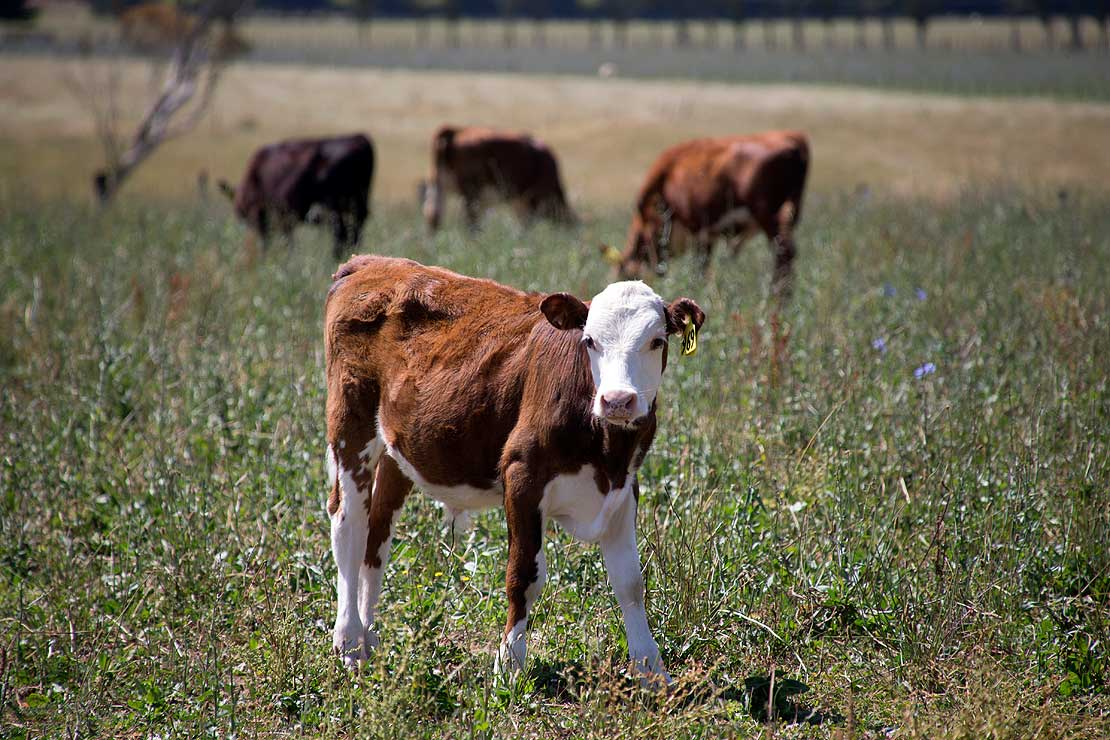Four years into a world-first attempt to eradicate Mycoplasma bovis, agreed jointly between the Government and farming sector groups, just one infected property remains in New Zealand.
Prime Minister Jacinda Ardern and Agriculture Minister Damien O’Connor marked the milestone at the national bulk milk testing lab MilkTestNZ in Waikato today alongside eradication partners DairyNZ and Beef + Lamb NZ.
“When we took our one shot to eradicate we did so to protect our national herd from a painful disease, our economy from a sharp shock, and our rural communities from widespread anxiety,” Jacinda Ardern said.
“Our partnership with the primary sector was critical. No one in the world had attempted to eradicate M. bovis before, and if we were going to try something that had never been done, we needed to do so together.
“I want to acknowledge how tough it’s been for those farmers who have lost their herds and stock genetics built up over decades. Your action has preserved our productive sectors that underpin the prosperity of all New Zealanders.
“I acknowledge this important milestone today from which we can move forward into the next stage of the programme, to progress our goal towards eradication,” Jacinda Ardern said.
Damien O’Connor said no working farms were currently confirmed infected and the one remaining infected property was a large beef feed-lot, with careful planning under way to start clearing it later this year.
“Though we can’t rule out occasional finds elsewhere, we think it’s the right time to consider the future framework for the M. bovis Eradication Programme,” Damien O’Connor said.
“Our partners, including the Ministry for Primary Industries, are working on a transition of the M. bovis Eradication Programme to an agency under a National Pest Management Plan (NPMP) and will provide me with a proposal for consideration.
“The plan will take into account what will work for farmers and will be open for public consultation in the second half of the year, with implementation next year.
“We are at an important juncture. We are aiming to move from delimiting – controlling the last known pockets of the disease – to provisional absence. This will be followed by significant surveillance testing of herds around the country to provide assurance there are no undetected pockets of disease.
“Our world class bulk milk testing and beef herd surveillance developed over the past four years will continue to be crucial tools,” Damien O’Connor said.
DairyNZ chairman Jim van der Poel said a lot was owed to farmers for their efforts in eradicating M. bovis and the robust biosecurity practices on-farm, which continues to be important.
“This programme has at times been challenging for farmers and it’s important we acknowledge that. That work means we are now on a clear path to eradication and this transition will help maintain that status.
“To protect the sacrifices and investment made, it’s important our farmers continue to manage their herds well, particularly through the national animal tracing system (NAIT). We’ve come a long way and what we are doing here is watched and discussed by other farming countries,” Jim van der Poel said.
Beef + Lamb New Zealand chairman Andrew Morrison said it was committed to ensuring the pest management programme worked for farmers.
“Farmers will remain at the centre of our work because without them we can’t get to the point of proven absence of the disease. We will also maintain close governance oversight of the programme in the transition to an agency.
“We really want to hear from farmers during their consultation later this year.
“I encourage farmers to ensure they know where their cattle are coming from, to record movements and to have good on-farm biosecurity practices,” Andrew Morrison said
Key statistics
- There is now 1 active confirmed property compared to 54 at the same time in 2019.
- A total of 271 confirmed properties have been cleared and 176,325 cattle culled.
- 5 farms are under Notices of Direction (NOD) compared with 113 at the same time in 2019.
- The time under NOD has dropped from 97 days average (about this time in 2019) to 27 days average in the past 2 years.
- $220.3 million has been paid in compensation for 2,741 claims. 10 are being assessed currently.
National Surveillance
- The National Beef Surveillance programme has tested over 385,500 animals in 2021 (as at 1 December 2021). There have been no confirmed infected properties found through this surveillance (SVS Labs).
- The Bulk Tank Milk screening conducted over 99,000 ELISA tests in 2021 (as at the completion of November 2021 testing). This resulted in 179 detect results and three confirmed properties this year.
Source: Minister of Agriculture












